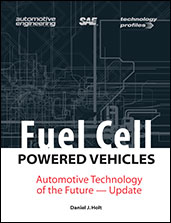Video

Total Vehicle Integration - Engineering the Next Vehicle Revolution
2012-03-21
The conference of choice for the sharing of technical knowledge and networking for the global on-road and off-road commercial vehicle industry. To learn more about this industry driven and industry relevant event, visit www.sae.org/events/comvec











